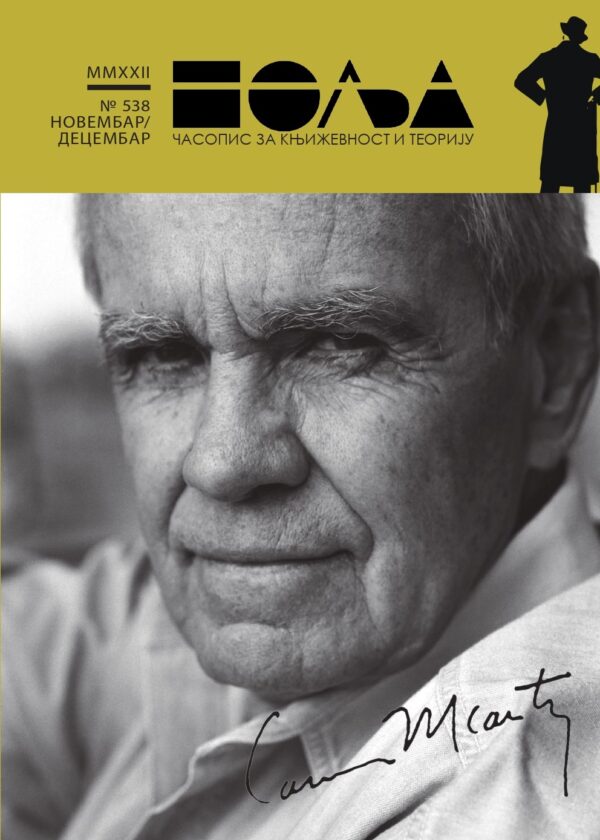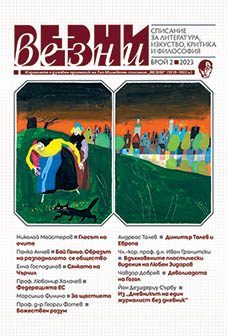Jõerüüdi osastav kääne
Review of: Jaak Jõerüüt. Elu lehekülgi lehitsetakse kiiresti. Novellid ja lühiromaan. Tallinn: EKSA, 2017. 239 lk.
More...We kindly inform you that, as long as the subject affiliation of our 300.000+ articles is in progress, you might get unsufficient or no results on your third level or second level search. In this case, please broaden your search criteria.
Review of: Jaak Jõerüüt. Elu lehekülgi lehitsetakse kiiresti. Novellid ja lühiromaan. Tallinn: EKSA, 2017. 239 lk.
More...
Although the Estonian novell is highly regarded in Estonian literature, the term’s implicit meaning has gradually grown less distinguishable from broader definitions associated with short stories overall. Some recent critics tend to consider the novell to be any narrative short prose, placing less emphasis on traditional genre conventions – such as punchlines, subtext, the transformative function and retroactive reading, or flashlight technique. This article uses Toomas Liiv’s theory of the classic novell to illustrate structuralist schemes of narrative counterpoint (subtext), plot dynamics, and retroactive reader phenomenology as well as to highlight the two different levels and three degrees of punchlines in an innovative way. While the black-and-white fabula may have a textually explicit surface (external verbal) punchline, below may lie its subtextually implied, deeply embedded (internal) counterpart – the actual point of the story – deductible only through retrospective rethinking. It is possible to classify an external verbal punchline according to its degree of strength (as in speech act theory): a straightforward full-punchline, a more weakly emphasized semi-punchline, and a zero-punchline, when an external punchline has been avoided. In this article, two model cases are analyzed using the principle of analogy and contrast to highlight their conceivably humanistic and ideological deep punchlines: Leo Anvelt’s close-structured novell “Raveli boolero” (Ravel’s boléro, 1983) and Jaan Kross’s more open-structured novell “Väike Vipper” (Little Vipper, 1981), both of which employ external semi-punchlines. These cases are the basis against which Estonian short stories published in the last three years (2018–2020) will be briefly analyzed in an attempt to classify them within the genre: whether they are traditional novell’s (with or without a punchline), more novell-like narratives, or other, non-novell-like short prose forms.
More...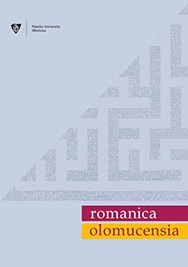
Taking a panoramic perspective as a starting point, the analysis proposed here of the short stories of the Argentine writer Washington Cucurto intends to relate them to the pornoerotic literature that has been booming in the cultural milieu of Buenos Aires in recent decades. First, the author will be contextualized as an heir of such literary aesthetics and second, a brief overview of the changes that have occurred in the literary representation of eroticism from the ’80s to the first years of the 21st century will be provided. The second part of the research will focus on the analysis of three of his most read stories – “El barrio de las siervas”, “El Rey de la Cumbia contra los fucking Estados Unidos de América”, and “Paraguayito de mi corazón” – with the purpose of observing the dialogue that occurs in them between the literary approach to the theme of sex and its political significance. From the patterns that build the pornoerotic scenes in these stories, an answer to the following questions will be proposed: What political referentiality underlies the texts under analysis? What relationship could be established in them between the representation of the body and its social environment? What do the stories of Cucurto denounce? The main result will be the observation that deviant and excessive forms of sexuality represent the most visible symptoms of the degradation of the politico-social body.
More...
Review of: Mudlum. Linnu silmad. Tallinn: Eesti Keele Sihtasutus, 2016. 180 lk.
More...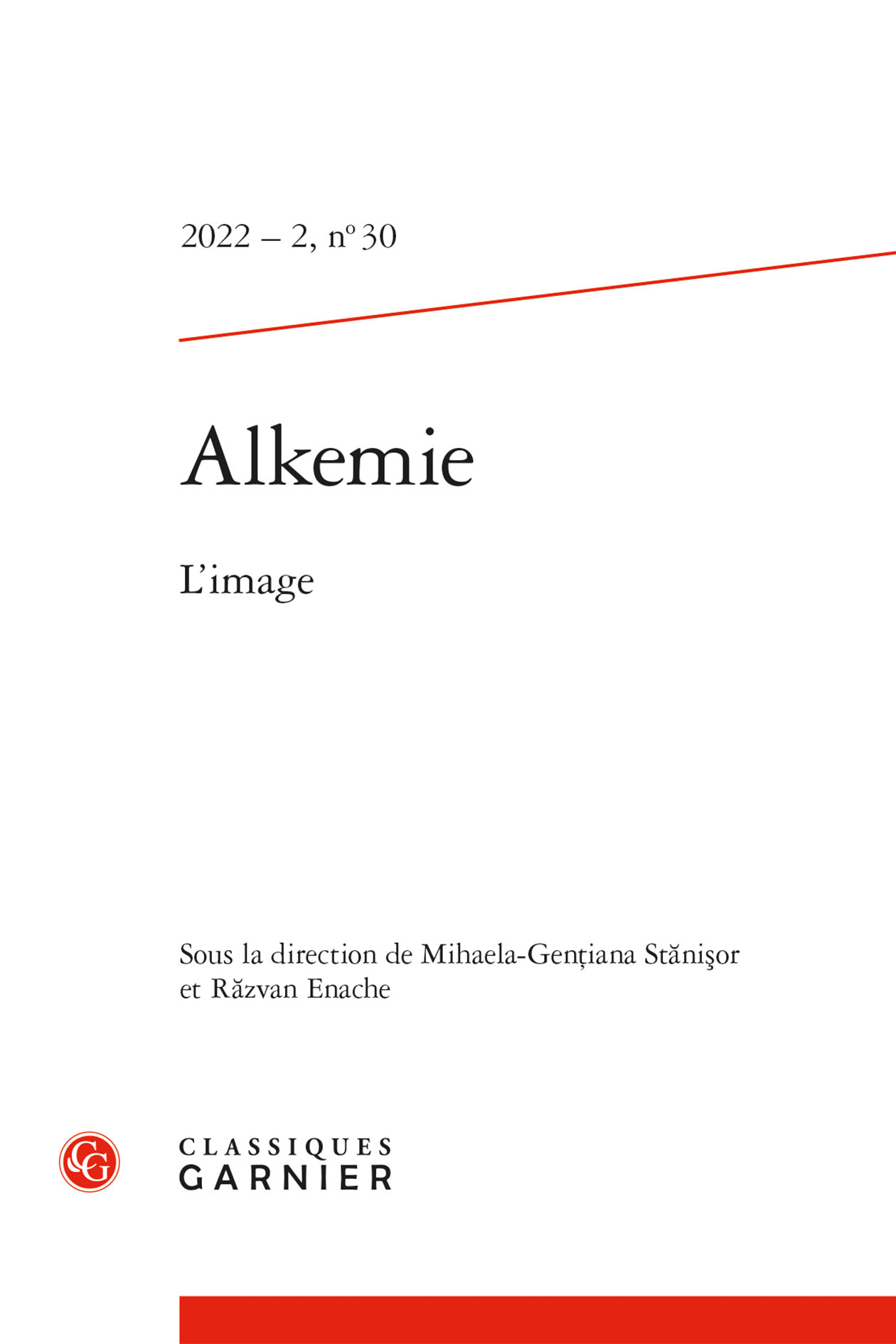
Ophélie, a student and au pair in Budapest, suddenly went missing on the night of December fourth, 2008. Her body was found three months later on the shores of Danube. Before she went missing, she left bright images in the narrator’s memories, so that this story cannot be absolutely, uniquely terrible for him.
More...
Review of: Eesti novell 2019. Koostanud Made Luiga, Kajar Pruul, Maia Tammjärv, Urmas Vadi. Tallinn: MTÜ Eesti Jutt, 2019. 256 lk
More...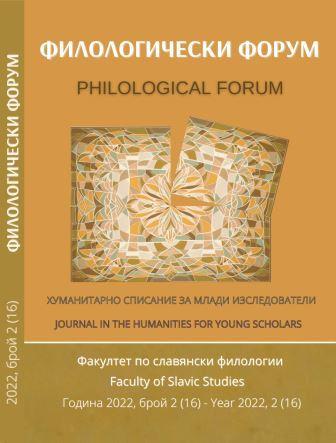


The article deals with the experience of Gulag as reflected in Jaan Kross’s fiction, memoirs and letters from the camp, focusing on its fictional representation in his short stories. The article argues that Kross conveys his experience by using the conventions of the picaresque novel: a loose plot that is based on lucky coincidences and satire that is meant to criticise the power relations in the society. By comparing Kross’s representation to the canonical text about Soviet camp experience by Solzhenitsyn and Shalamov, the article shows that the picaresque key chosen by Kross is linked to his techniques of moral survival in the camp, and is therefore unable to capture the dehumanising impact of Soviet labour camps and the ethical dilemmas it posed to its inhabitants. In the second part of the article, by way of Kross’s intertextual links to German Holocaust literature, his representation is placed in the context of a wider a debate about the representation of extreme historical violence in the 20th century. In summarising a debate between Rolf Hochhuth and Theodor Adorno about the role of the individual, its agency and responsibility in the face of a violent system, the article argues that Kross’s picaresque key in his representation of Gulag is linked to his underlying humanism and the belief in the moral strength of the individual even in the grip of state terror.
More...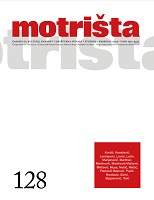
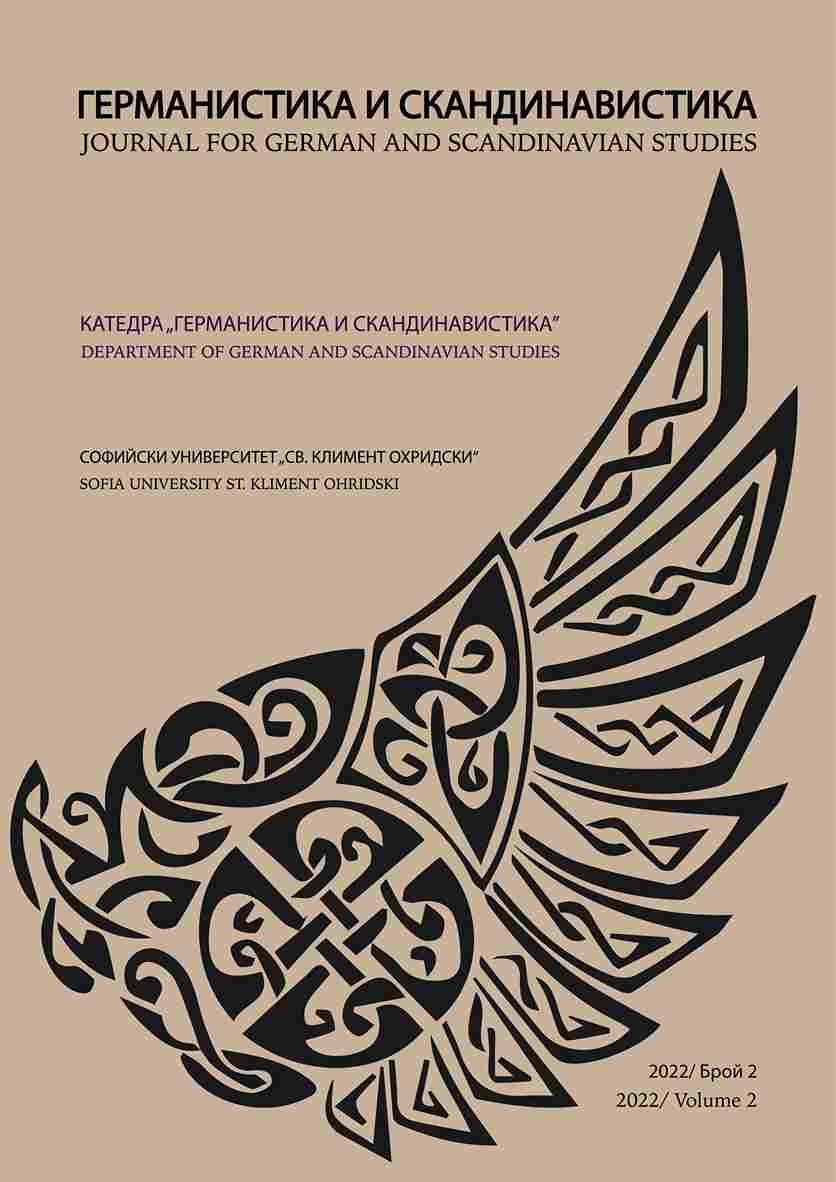
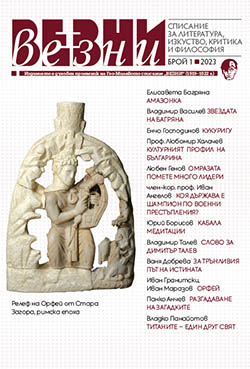

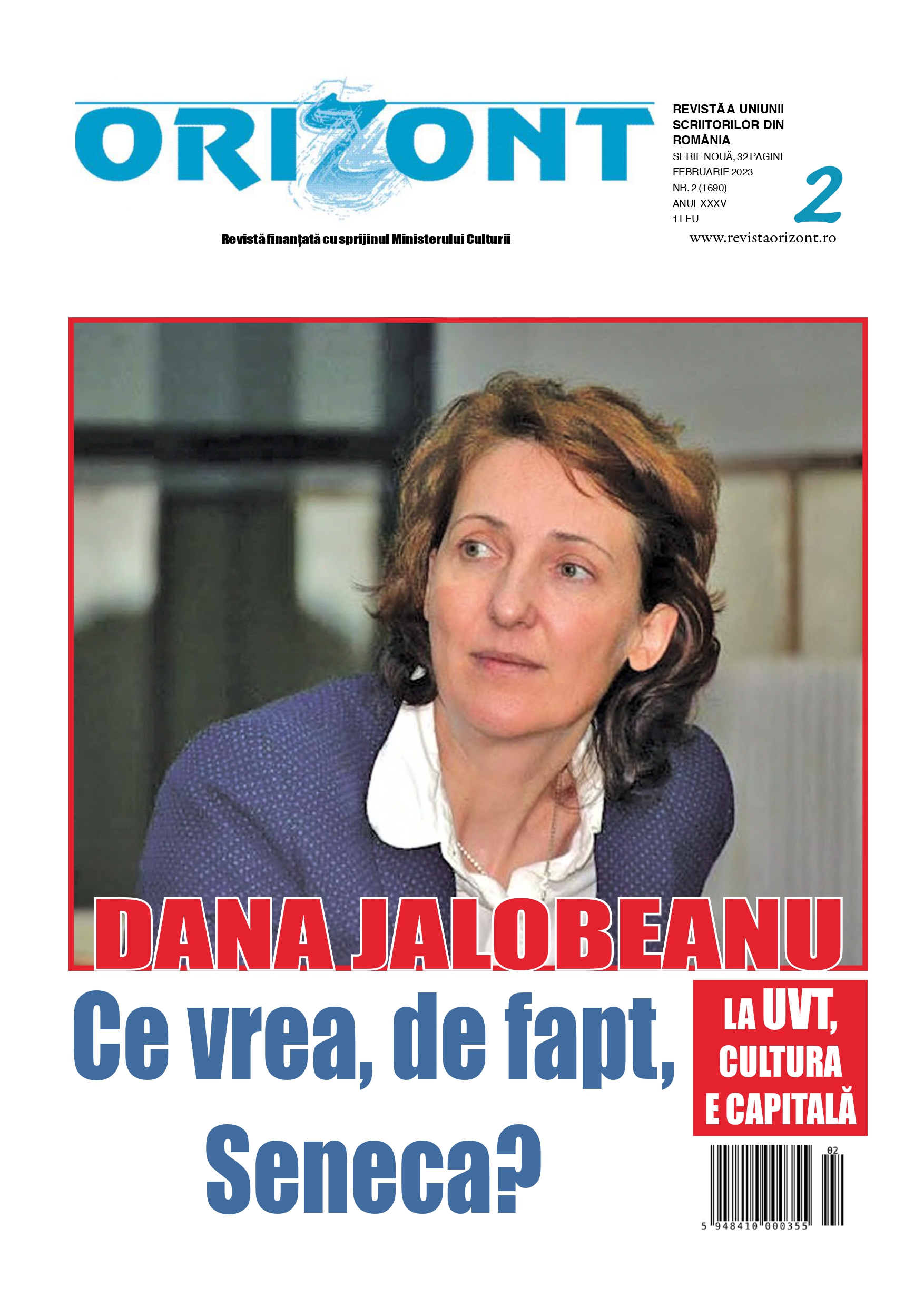
Review of: Dana Jalobeanu, Spectacolul filozofiei. Cum citim Scrisorile lui Seneca?, Editura Humanitas, București, 2022./ Short story by Adriana Cârcu - Romi
More...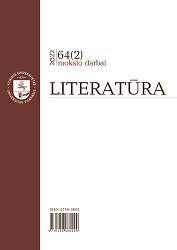
Review of: Тюнде Сабо; Статьи по поэтике Л. Улицкой. Москва: ФЛИНТА, 2022. 264 с.
More...